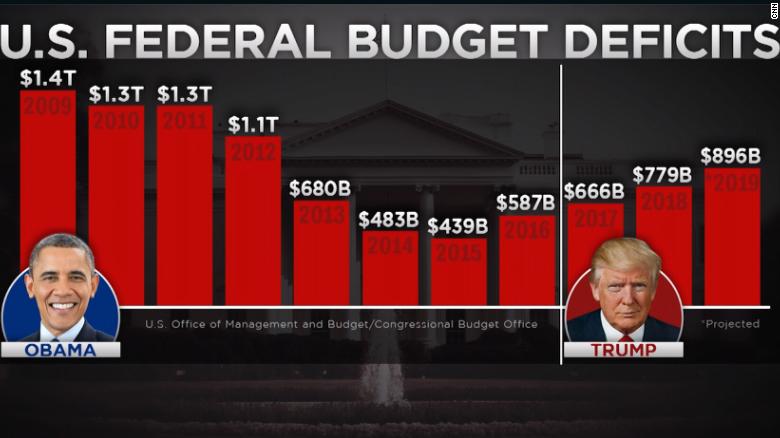

Dear Commons Community,
A major restructuring is underway at the University of Maryland Global Campus and more than 100 employees were told that their current contracts would be terminated and that they would need to “recompete” for their jobs.
“Any way you go, it’s going to be tough,” Peter Smith, the campus’s interim chief academic officer, told The Chronicle of Higher Education of the transition. “It is a big change. But you can’t do it incrementally.” As reported by The Chronicle..:
“The global campus, which used to be known as the University of Maryland University College, serves tens of thousands of students and is one of the nation’s biggest players in distance learning. The institution focuses on educating adult students and veterans.
The new structure is necessary, Smith said, to prepare for the rest of the 21st century, as employer and adult-learner needs evolve, and to prepare for challenges to come, before it’s too late.
“Most colleges wait until they’re really in the soup,” Smith added. “We’re not even close to the soup.”
But some faculty members said that they and their colleagues had been stunned by what they considered an unwelcome and jarring announcement. It was devastating for some people who no longer felt secure in their employment, said three faculty members who spoke to The Chronicle on the condition of anonymity, because they did not want to harm their job prospects or their reputations.
The ‘Future State’
On October 1, Javier Miyares, the university’s president, outlined the plan in an internal email that was obtained by The Chronicle. The Undergraduate School and the Graduate School will be replaced by three new schools, organized by discipline: the School of Arts and Sciences, the School of Business, and the School of Cybersecurity and Information Technology. The administrative arms of the university will be streamlined into four departments that are meant to better suit students’ and professors’ needs.
In the transition, faculty members will be added in certain disciplines, some job descriptions will change, and some positions will be eliminated, Miyares wrote. “I assure you that our goal is always to treat our colleagues with respect and dignity.”
That day and the next, the university held meetings to spell out details of the plan. Some employees were slotted directly into the new structure.
But 108 people learned that their existing contracts with the Undergraduate and Graduate Schools would be terminated because the schools will no longer exist next year, after the realignment is completed. They were told they’d need to apply for jobs in the new structure, called the “future state.” They had until October 10 to “recompete,” meaning reapply for functionally the same job, for a different job, or for multiple jobs, if they wanted.
Most of the 108 employees are program chairs or collegiate faculty members, who are appointed under annual or multiyear contracts with annualized salaries, according to the university’s website. The vast majority of faculty members at the university are adjuncts.
The abrupt timing of the announcement was a problem for one collegiate professor, who told The Chronicle that she was already “teaching a bunch of students, balancing a bunch of responsibilities, and now I have to step back and apply for my job.” At the meeting, she got the impression that if you wanted to keep your job, you had to “get on the ball and fight for it.”
“I don’t like badmouthing things,” she added. “But it’s tough to be kind of just cast aside.”
Though some departments will lose collegiate-faculty-member slots, as a whole, there will be a net gain of 25 of those positions, said Bob Ludwig, the university’s assistant vice president for media relations. To eliminate redundancies, the university will drop 27 program-chair positions, Ludwig said. People in those roles could apply for other positions they may be qualified for, including new ones that will be created. All internal candidates will be given a first crack at those jobs, Smith said.
No academic programs are being abolished, Ludwig said. Specifics on which programs would be most affected by the realignment were not immediately available.
Employees who have been with the university for more than seven years will receive six months of paid administrative leave if they do not reapply or are not chosen for new jobs, Ludwig said. Those who have worked fewer than seven years will receive three months of such pay.
Faculty members and program chairs who either chose not to reapply or weren’t picked for new jobs will remain in their posts through January 4. For staff members, that date is November 29, Kara Van Dam, vice provost and dean of the new School of Arts and Sciences, wrote in an internal email to affected employees that was obtained by The Chronicle.
“I know this is a tough transition to get us to what I firmly believe is a better future state,” she wrote, in boldface type.
‘Very Painful’
Interviews for all positions will take place until around November 15, according to an internal slide presentation about the realignment. On November 29, a slide says, employees will be told the outcomes. The plan is to issue new contracts that will be effective for about seven months, according to an October 10 internal email.
When it’s all over, hopefully only “a handful of people” who had jobs before the realignment will end up without one, Smith said, adding that it’s “still going to be very painful” for that handful.
“There’s no doubt it’s unsettling, and it is confusing,” he said. “It’s one of the reasons that a lot of institutions avoid dealing with this kind of change until it’s too late because it can be hard, in its own right.”
Outside the administration, people “are devastated,” said another collegiate professor. Dissolving existing employee contracts might have been possible through “a loophole on paper,” he said, but it genuinely disrupted “the spirit of the agreement.”
The university has demonstrated that the contracts it makes with employees mean virtually nothing, damaging morale, he said. That’s a dangerous precedent for a state institution to set, he said.
A third collegiate professor told The Chronicle that he worries about the broader future of the institution because it seems to him as if it has morphed over time from a mom-and-pop operation into a for-profit giant. Faculty members and administrators have already clashed over the university’s direction, as The Washington Post reported in June.
No structure is suitable forever, the faculty member acknowledged, and it’s difficult to balance the educational “heart and soul” of an institution with the need to contend in the marketplace. But he wishes the restructuring was done in a much “kinder and gentler” manner.
He has decided not to reapply. He didn’t want to compete for fewer spots with his colleagues, who are friends. It’s time, he said, to move on.”
Higher education restructuring is surely a viable option in these unsteady times. However, it seems to me that the Global Campus administration could have handled it more gracefully.
Tony










